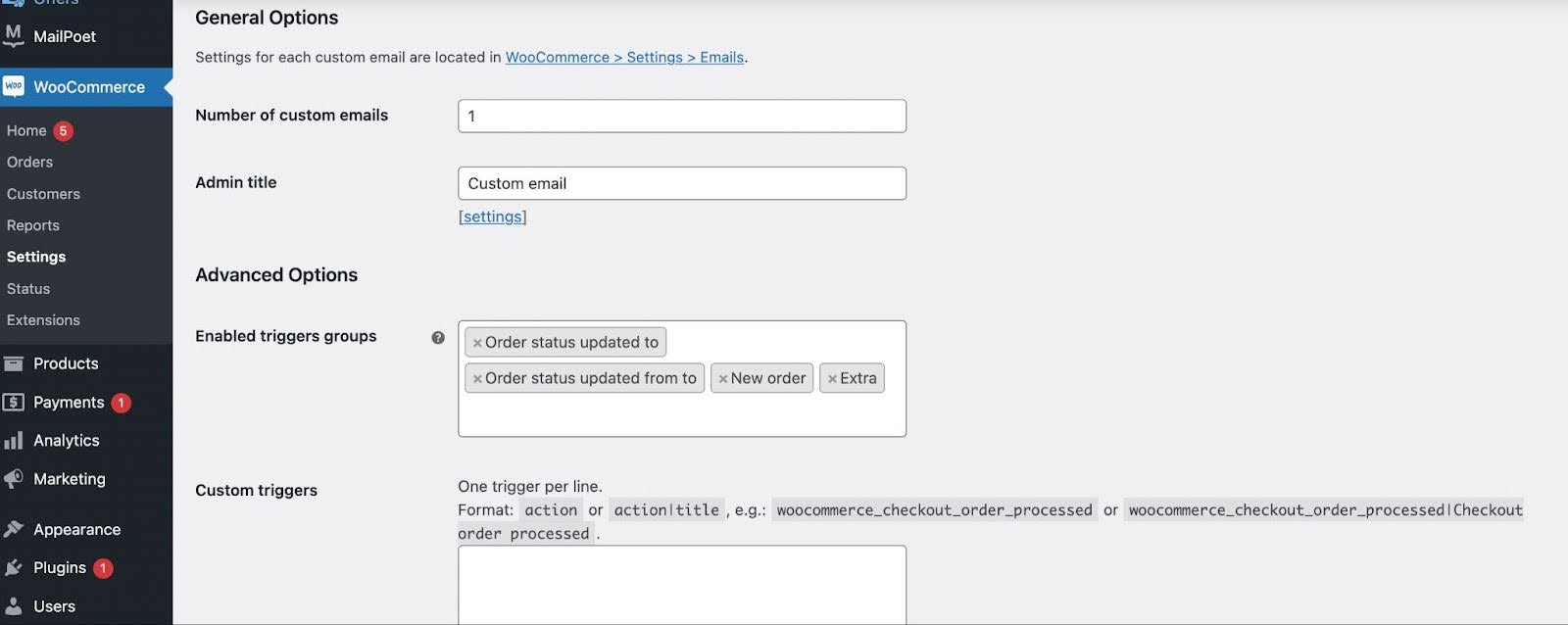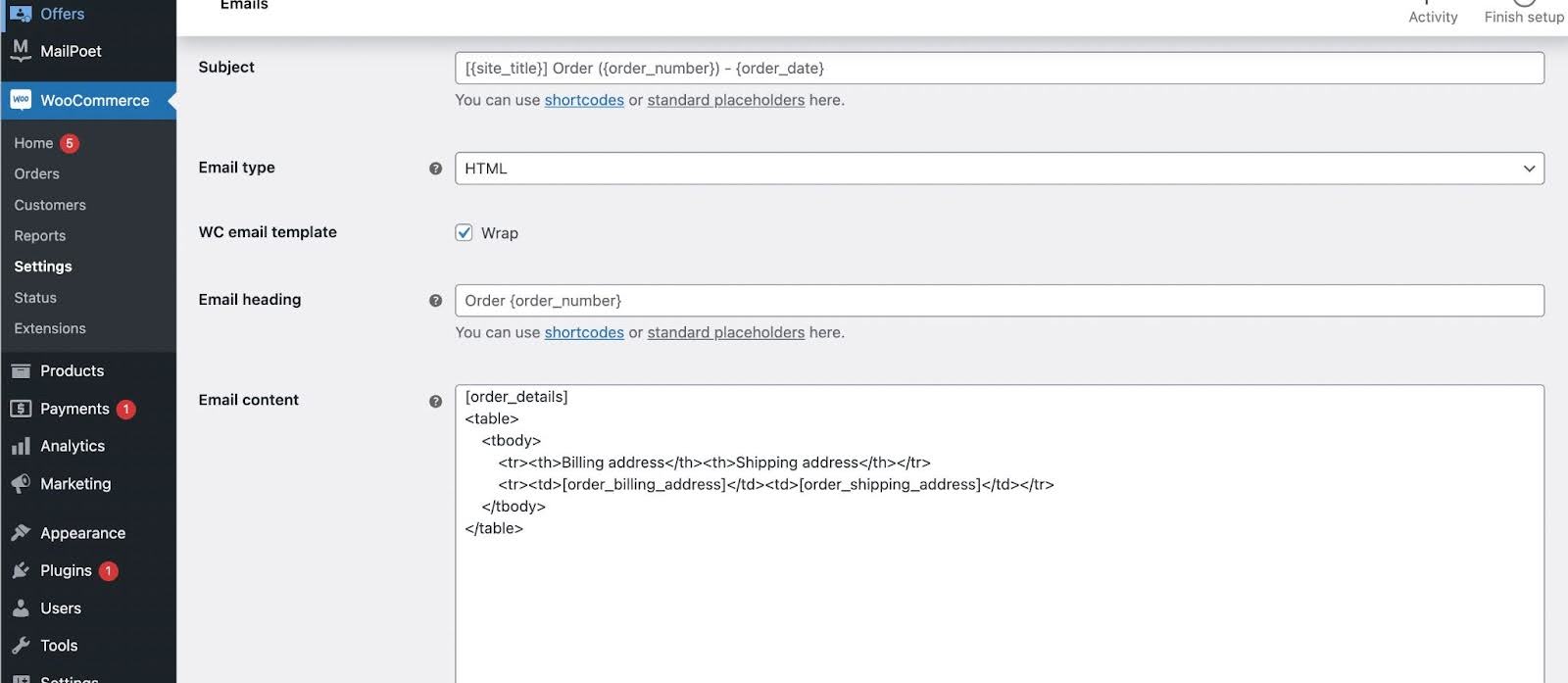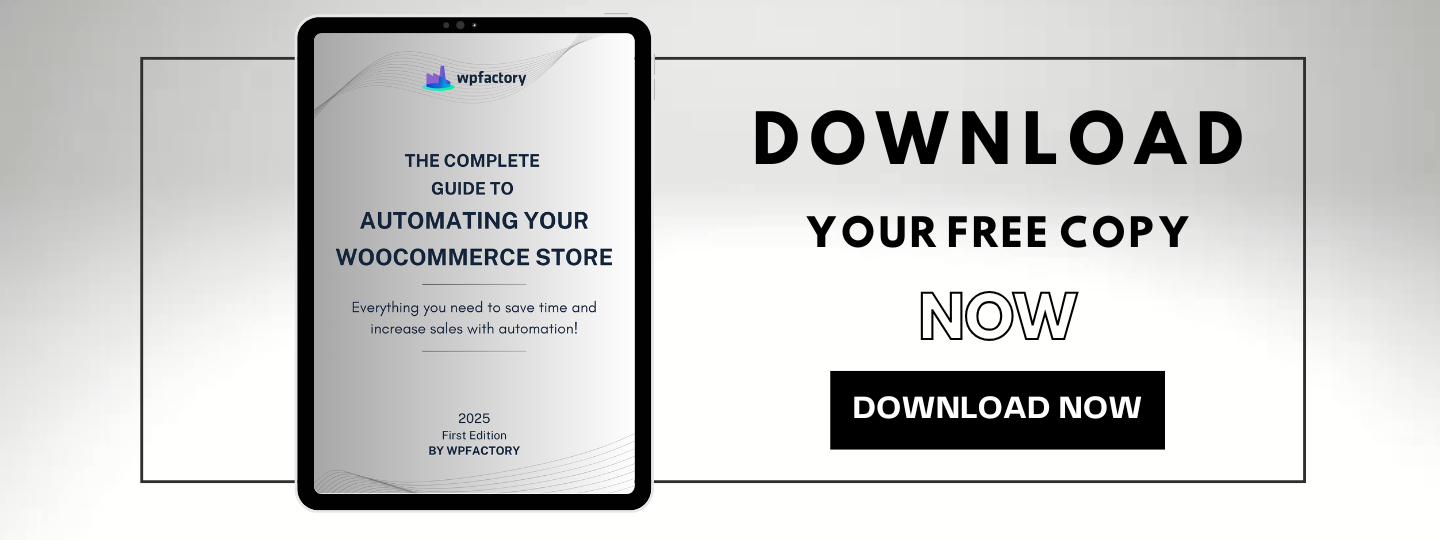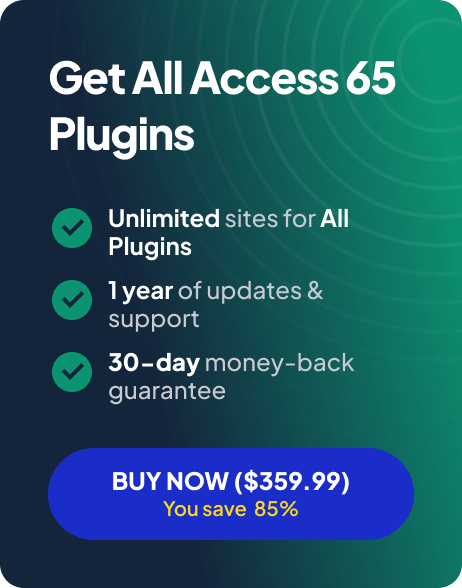How to Build Purchase Follow-up Emails Automation in WooCommerce
Are you struggling to boost your sales or garner repeat sales in your online business?
One effective strategy that you might be overlooking is implementing a WooCommerce follow-up emails plugin, to check in on your customers, request reviews, and encourage repeat purchases.
In this article, we will explore the importance of follow-up emails, delve into the features of a WooCommerce follow-up emails plugin, guide you through the installation process, and provide valuable tips on measuring the impact of your follow-up emails.
Additionally, we will share best practices and help you avoid common pitfalls to optimize your follow-up email strategy.
Why Should You Send Follow-Up Emails?
One of our plugins users, David, shared his transformational journey about using follow-up emails with us, showing the potent impact of incorporating a follow-up emails sequence into his sales strategy and email marketing.
David noticed that despite drawing traffic to his WooCommerce store, he didn’t get many repeat customers or reviews, so he implemented a WooCommerce follow-up emails plugin, crafting tailored messages designed to revive interest and incentivize future purposes.
The results were astonishing. Not only did David witness a significant uptick in customer engagement through post-purchase follow-up emails, he also managed to get more reviews and even reduce cart abandonments by improving his process.
He explained that “the plugin allowed me to create personalized email journeys, which led to repeat purchases and enhanced customer loyalty.”
David’s hands-on experience underscores the role follow-up emails play in not just salvaging lost sales, but also forging lasting customer relationships and driving recurrent revenue in the e-commerce landscape.
The Role of Follow-Up Emails in WooCommerce
Follow-up emails serve as a connection between your brand and customers. They are an opportunity to build trust, reinforce your brand image, and provide a personalized experience.
By sending timely and relevant follow-up emails, you can keep your customers engaged and encourage repeat purchases. As a result, your sales can significantly increase.
A well-crafted follow-up email can prompt customers to take desired actions, such as completing a purchase, leaving a review, or subscribing to a newsletter.
What to Look for in a WooCommerce Follow-Up Emails Plugin

To implement an effective follow-up email strategy, it is essential to choose the right WooCommerce follow-up emails plugin with the features that align with your business goals. Here are some key features to look for:
- Automated Email Sequences: Look for a plugin that allows you to set up automated sequences based on triggers such as purchases, specific product views, or abandoned carts. These sequences will help you send targeted emails to the right audience at the right time.
- Personalization Options: Personalized emails have a higher chance of engaging customers. Ensure that the plugin you choose allows you to customize email content, subject lines, and offers based on customer data.
- Segmentation Capabilities: Segmentation allows you to divide your customer base into smaller groups based on demographics, browsing behavior, or purchase history. A plugin with robust segmentation capabilities will help you send highly relevant emails to specific customer segments.
- Analytics and Reporting: The ability to track and measure the performance of your follow-up emails is crucial. Look for a plugin that provides analytics and reporting features to help you monitor open rates, click-through rates, and conversions.
Custom Emails for WooCommerce Plugin
The built-in WooCommerce email capabilities can be limiting, but Custom Emails for WooCommerce makes it easy to send emails of all varieties to your customers including follow-up emails after they make a purchase.
You can set a delay timer so they receive the email at a time you have dictated, and unlock a suite of other email marketing tools not included within WooCommerce by default.
Send targeted and customized emails tailored to the individual needs and interests of your customers. Utilize order amount filters
and selective recipient targeting to send the right message at the right time.
Create email content with unique subject lines, headings, and bodies, and ensure a seamless alignment with your brand identity.
The plugin allows you to create triggers for sending emails, whether it’s a new order, customer registration, or specific order status change, you can set precise triggers that align with your marketing goals. This feature allows reaching customers at the most relevant and opportune moments, enhancing engagement and personalization.
Customizing Your Follow-Up Emails
In addition to the features mentioned above, it is important to consider the design and branding of your follow-up emails. Customize the templates provided by the plugin to match your brand’s visual identity. Use compelling copy and images to create a visually pleasing email that captures your customers’ attention and encourages them to take action.
Setting up WooCommerce Follow-up Emails Plugin
Now that you understand the importance of follow-up emails and the features to look for in a plugin, let’s walk through the process of using our follow-up emails plugin. Install Custom Emails for WooCommerce by uploading the plugin directly to the Plugins area of the WordPress dashboard.
Within WooCommerce > Settings you will see general options for the plugin such as email triggers, custom triggers, and the option to schedule emails.

To tailor a specific, custom email, you can head to WooCommerce > Settings > Emails, where you will see the email templates that are sent to your customers.
Under the Custom Email tab, you will have options to tailor an email and what you want it to say, plus when it should be sent to the customer and under what conditions (such as if they abandon cart or successfully place an order.

This allows you to follow up, request reviews, and keep your customers informed at all times.
Analyzing Customer Engagement with Follow-Up Emails
Use the analytics and reporting features of your WooCommerce follow-up emails plugin to gain insights into how customers are engaging with your emails. Revenue is not the only metric, you can track open rates, click-through rates, and conversion rates to understand which emails are performing well and which ones need improvement.
Optimizing Your Follow-Up Email Strategy
Best Practices for Follow-Up Emails:
1. Personalize your emails by addressing customers by their names or referencing their past purchases.
2. Keep your emails concise, focused, and visually appealing. Use shorter paragraphs, bullet points, and compelling subject lines to capture attention.
3. Offer exclusive discounts, promotions, or personalized recommendations as incentives for customers to take action.
4. Use a clear call-to-action (CTA) in your emails, guiding customers towards the desired action, such as clicking on a link to complete a purchase.
Want to take your automations even further? Grab your free copy of the Complete WooCommerce Automation Guide and learn how to optimize your store from order to follow-up.
Conclusion
Optimizing your follow-up email strategy can be a powerful tool to build your repeat custom and ensure your business is successful in the long-term.
It requires experimentation, analysis, and continuous improvement. By implementing a WooCommerce follow-up emails plugin, you can take advantage of automation, personalization, and analytics to boost your sales and foster lasting customer relationships. Start exploring the features of different plugins, follow the installation process, and harness the power of follow-up emails to give your business the sales boost it deserves.









